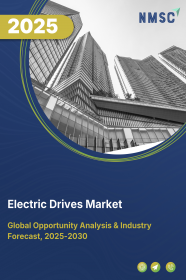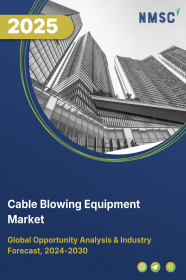Semiconductor Material Market by Type (Wafer Fab Materials (Silicon, Photoresist, Photomasks, Chemicals, Gases and Others) and Packaging Materials (Leadframes, Substrates, Binding Wire, Encapsulants, and Others), by Material (Silicon Carbide, Gallium Manganese Arsenide, Copper Indium Gallium Selenide, Molybdenum Disulfide, and Bismuth Telluride), by End-Users (Consumer Electronics, Telecommunications, Defence & Aerospace, and Others) – Global Opportunity Analysis and Industry Forecast 2025–2030
US Tariff Impact on Semiconductor Material Market
Trump Tariffs Are Reshaping Global Business
Semiconductor Material Market Overview
The global Semiconductor Material Market size was valued at USD 64.26 in 2024 and is predicted to reach USD 82.45 billion by 2030 with a CAGR of 4.2% from 2025-2030.
The semiconductor material market is driven by factors such as increasing penetration of smartphones, rising global 5G connections and surging military expenditure. Some of the notable player that are adopting business tactics such as business expansion and product launches to maintain their position on top include NXP Semiconductors, Texas Instruments Incorporated and Micron Semiconductor Ltd. However, the industry is facing a drawback in growing mainly due to the high cost of manufacturing. Adoption of 6G technology opens up a bright future.
Increasing Smartphones Users Drives the Market Growth
The need for high-performance chips and components to enable sophisticated features and functionalities increases with growing smartphone device users and that pushes the industry into expansion. Smartphones depend on semiconductors for their processors, memory, screens, and wireless communication technologies, necessitating materials such as silicon, gallium arsenide, and sophisticated packaging substrates. According to the Global System for Mobile Communication, GSMA's report in 2023, there are about 54% smartphone owners worldwide. This amounts to approximately 4.3 billion people. As such, the role of semiconductors in the demand of this increasingly large market becomes crucial.
Rising Global 5G Connections Spurs the Market Growth
The acceptance of 5G technology also increases its growth in the semiconductor material market demand for high performance semiconductors that increases data speed, as well as enhance connectivity and the advanced packaging of the 5G network with efficient power management and signal transmission. According to 5G America's report dated 2024, 5G global connections passed nearly 2 billion in the year 2024 and is projected to reach 7.7 billion by 2028, amounting to nearly 285% growth within only 4 years. Such growing 5G infrastructure needs usage of energy efficient semiconductor material for high-performance that boost the market growth.
Surging Military Expenditure Fuels the Market Growth
The increasing military expenditure drives the growth of the market as advanced semiconductor technologies are crucial for modern defense systems. The applications such as radar, communications, surveillance, and electronic warfare systems rely heavily on high-performance semiconductors to ensure reliability, efficiency, and durability. According to the Stockholm International Peace Research Institute (SIPRI), total global military expenditure reached USD 2.44 trillion in 2023 from USD 2.28 trillion in 2022 marking a growth of 6.8% within a year. The increasing military procurement requires growth in advanced semiconductor material that promotes the growth in the market.
High Manufacturing Cost Hinder the Market Growth
The high manufacturing cost and substantial investments required in equipment materials hinder the semiconductor market growth. Semiconductor material is subjected to complex and expensive manufacturing process including high-purity requirements that drives up the price of final semiconductor product.
Adoption of 6G Technology Creates Future Opportunities
The adoption of 6G technology creates future growth opportunities for the market as it demands advance materials to support advanced communication systems with ultra-low latency and high-speed data transfer capabilities.
Market Segmentations and Scope of the Study
The semiconductor material market report is segmented on the basis of type, material, end-users, and region. On the basis of type, the market is classified into wafer fab materials and packaging materials. Based on water fab materials, the market is further classified into silicon, photoresist, photomasks, chemicals, gases, and others. Based on packaging materials the market is further segmented into lead frames, substrates, bonding wire, die attach, mold compounds, encapsulants, and others. On the basis of material, the market is further divided into silicon carbide, gallium manganese arsenide, copper indium gallium selenide, molybdenum disulfide, and bismuth telluride. On the basis of end-users, the market is classified into consumer electronics, telecommunications, defence & aerospace, and others. Regional breakdown and analysis of each of the aforesaid segments includes regions comprising of North America, Europe, Asia-Pacific, and RoW.
Geographical Analysis
The Asia-Pacific region dominates the semiconductor materials market share and is expected to maintain this position due to the growing number of smartphones users that boosts the demand for advanced semiconductors. GSMA's report states smartphone connections in the region summed 76% in 2022 and is projected to reach 94% by 2030. To facilitate such upward trend in growth of mobile phones, energy efficient semiconductor is required that surges the industry growth.
Moreover, growth in automotive sector in the region drives the semiconductor materials market expansion due to the interest in electric mobility. The electric vehicle requires systems such as infotainment, power management, sensors that requires the use of semiconductor components for manufacturing purpose, thereby driving the growth of semiconductor material industry.
As per the report published in International Energy Agency, in China, the number of new electric car registrations reached 8.1 million in 2023, increasing by 35% relative to 2022. To go hand in hand with such rise in number of electric vehicles, an upward trend is necessitated in the semiconductor industry that creates market growth.
On the other side, North America is expected to grow steadily on the semiconductor material industry during the forecast period due to rise in adoption of 5G technology in that region, since it increases a demand for performance semiconductors. Also, the high adoption of the 5G-compatible devices has increased the needs for semiconductors with better performing capabilities.
According to the current report provided by the Global System for Mobile Communication, 5G connections in the region accounted for 55% of the total population in 2024, with growth projected to reach 90% by 2030. This growing 5G connection is followed by surge in semiconductor industry that promotes growth.
Moreover, the rapid expenditure in the military industry accelerates the expansion of semiconductor material sector due to increasing demand for cutting-edge technology in military applications. Companies heavily rely on advanced semiconductors to ensure efficiency, reliability, and security in their operation.
According to the 2025 FYDP, DoD’s budget would climb to USD 866 billion (adjusted for inflation) by 2029, a total increase of 1.9% from 2025. This growth in military expenditure is followed by the equivalent production of energy efficient semiconductor material that surges a market growth in the region.
Competitive Landscape
Various key market players operating in the semiconductor material industry is Taiwan Semiconductor Manufacturing Company Limited, Intel Corporation, Samsung Electronics Co., Ltd., Applied Materials Inc, Texas Instruments Incorporated, Micron Semiconductor Ltd, Infineon Technologies AG, Applied Materials Inc, Advanced Micro Devices Inc, Qualcomm Technologies Inc, SK Hynix Inc, Broadcom Inc, ASML Holding N.V., Lam Research Corporation, MediaTek Inc, and others. To remain competitive in the market, these players are engaging in business expansion and product launch activities.
Recently, Micron Semiconductor Ltd invested USD 2.75 billion in a new Indian plant to improve assembly and testing for DRAM and NAND products for both local and international markets by December 2024.
In November 2024, NXP Semiconductors joined hands with Taiwan Semiconductor Manufacturing Company Limited in order to gain a better stronghold in Singapore, as the firm looks to diversify chip production amid rising US-Chinese tensions over technology.
Texas Instruments Incorporated entered mass production for gallium nitride power semiconductors in October 2024 by increasing its internal capacity from the Dallas, Texas facility to Aizu, Japan.
Key Benefits
-
The report provides quantitative analysis and estimations of the semiconductor material market from 2025 to 2030, which assists in identifying the prevailing industry opportunities.
-
The study comprises a deep-dive analysis of the current and future semiconductor material market trends to depict prevalent investment pockets in the industry.
-
Information related to key drivers, restraints, and opportunities and their impact on the semiconductor material market is provided in the report.
-
Competitive analysis of the players, along with their market share is provided on the report.
-
SWOT analysis and Porters Five Forces model is elaborated in the study.
-
Value chain analysis in the market study provides a clear picture of roles of stakeholders.
Semiconductor Material Market Key Segments
By Type
-
Wafer Fab Materials
-
Silicon
-
Photoresist
-
Photomasks
-
Chemicals
-
Gases
-
Others
-
-
Packaging Materials
-
Leadframes
-
Substrates
-
Bonding Wire
-
Die Attach
-
Mold Compounds
-
Encapsulants
-
Others
-
By Materials
-
Silicon Carbide
-
Gallium Manganese Arsenide
-
Copper Indium Gallium Selenide
-
Molybdenum Disulfide
-
Bismuth Telluride
By End-Users
-
Consumer Electronics
-
Telecommunications
-
Defense & Aerospace
-
Others
By Region
-
North America
-
The U.S.
-
Canada
-
Mexico
-
-
Europe
-
The U.K.
-
Germany
-
France
-
Italy
-
Spain
-
Denmark
-
Netherlands
-
Finland
-
Sweden
-
Norway
-
Russia
-
Rest of Europe
-
-
Asia-Pacific
-
China
-
Japan
-
India
-
South Korea
-
Australia
-
Indonesia
-
Singapore
-
Taiwan
-
Thailand
-
Rest of Asia-Pacific
-
-
RoW
-
Latin America
-
Middle East
-
Africa
-
Key Players
-
Taiwan Semiconductor Manufacturing Company Limited
-
Intel Corporation
-
Samsung Electronics Co. Ltd
-
Applied Materials Inc
-
Texas Instruments Incorporated
-
Micron Semiconductor Ltd
-
Infineon Technologies AG
-
Applied Materials Inc
-
Advanced Micro Devices Inc
-
Qualcomm Technologies Inc
-
SK Hynix Inc
-
Broadcom Inc
-
ASML Holding N.V.
-
Lam Research Corporation
-
MediaTek Inc
REPORT SCOPE AND SEGMENTATION:
|
Parameters |
Details |
|
Market Size in 2024 |
USD 64.26 billion |
|
Revenue Forecast in 2030 |
USD 82.45 billion |
|
Growth Rate |
CAGR of 4.2% from 2025 to 2030 |
|
Analysis Period |
2024–2030 |
|
Base Year Considered |
2024 |
|
Forecast Period |
2025–2030 |
|
Market Size Estimation |
Billion (USD) |
|
Growth Factors |
|
|
Countries Covered |
28 |
|
Companies Profiled |
15 |
|
Market Share |
Available for 10 companies |
|
Customization Scope |
Free customization (equivalent to up to 80 working hours of analysts) after purchase. Addition or alteration to country, regional, and segment scope. |
|
Pricing and Purchase Options |
Avail customized purchase options to meet your exact research needs. |




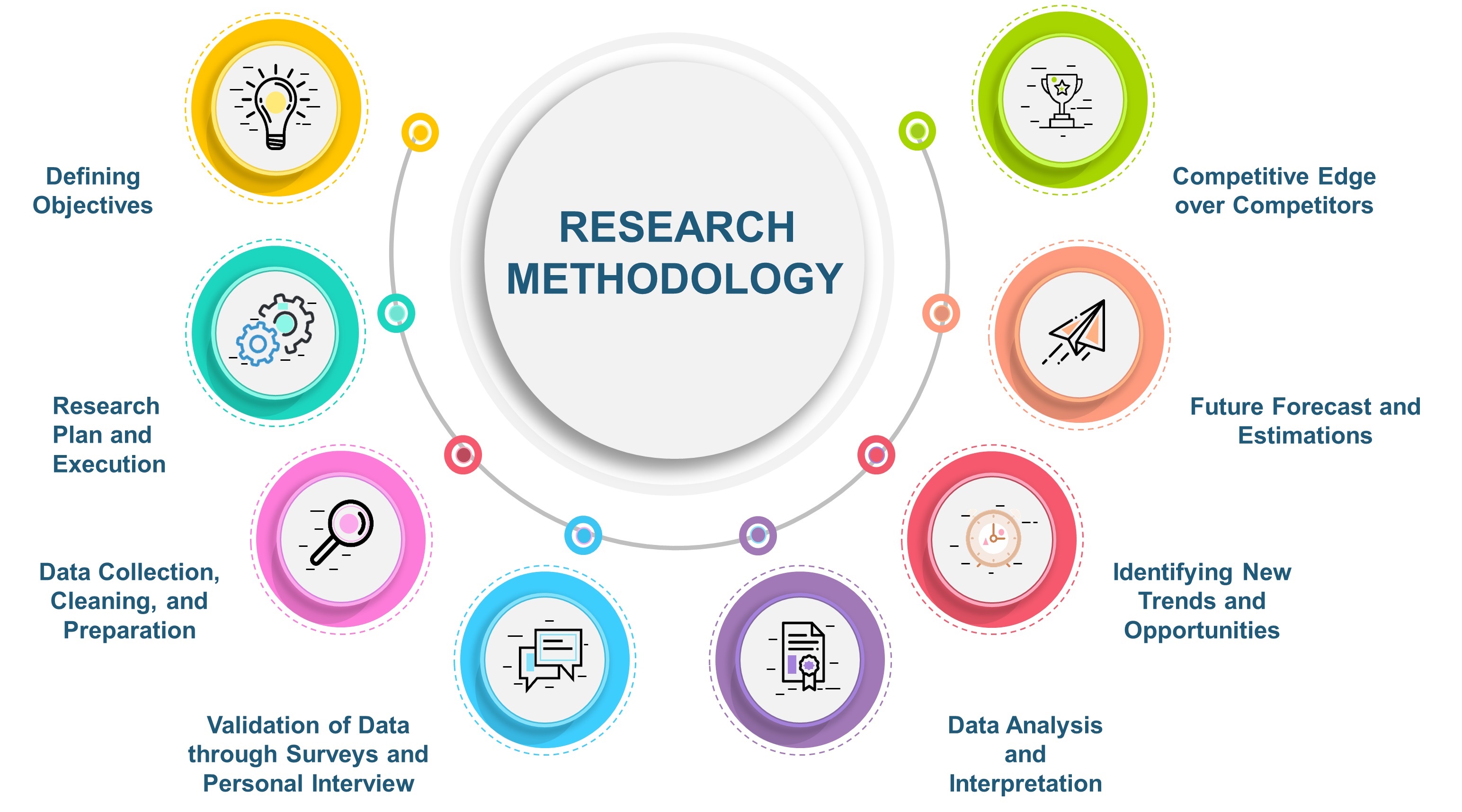
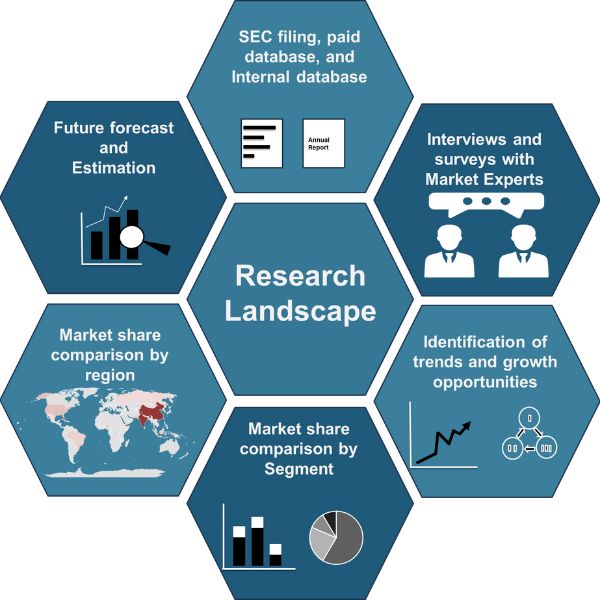
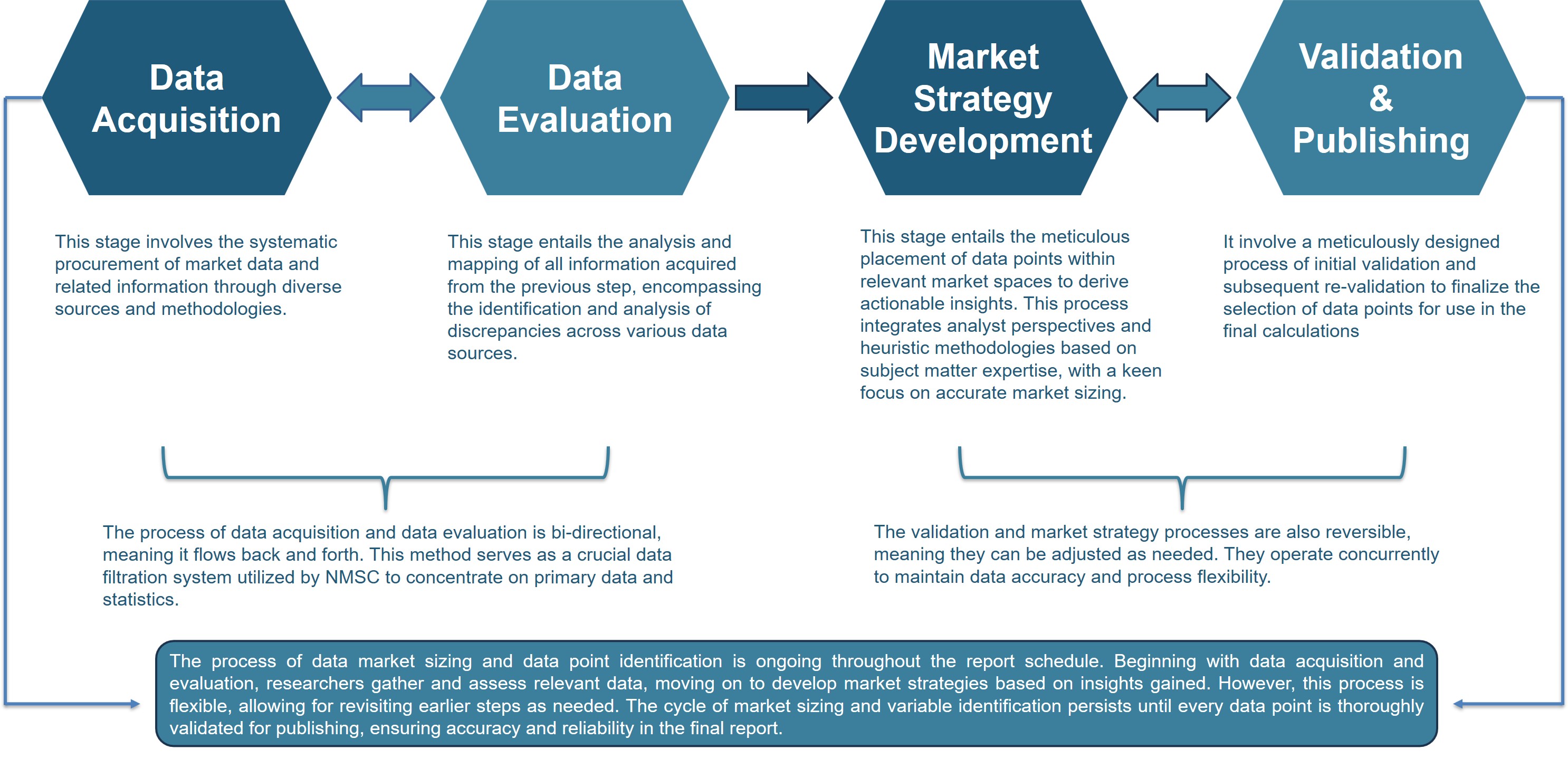



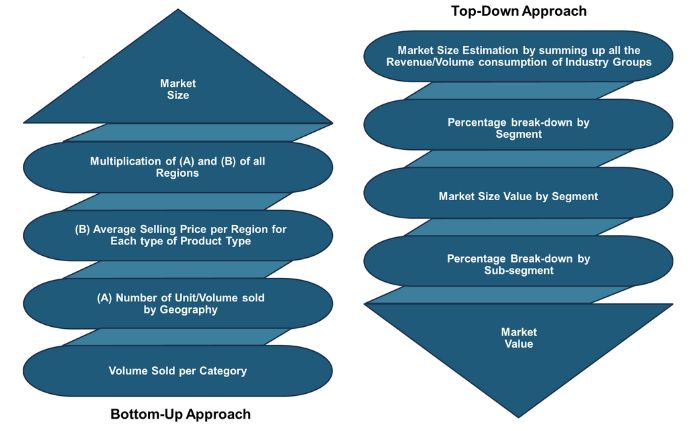
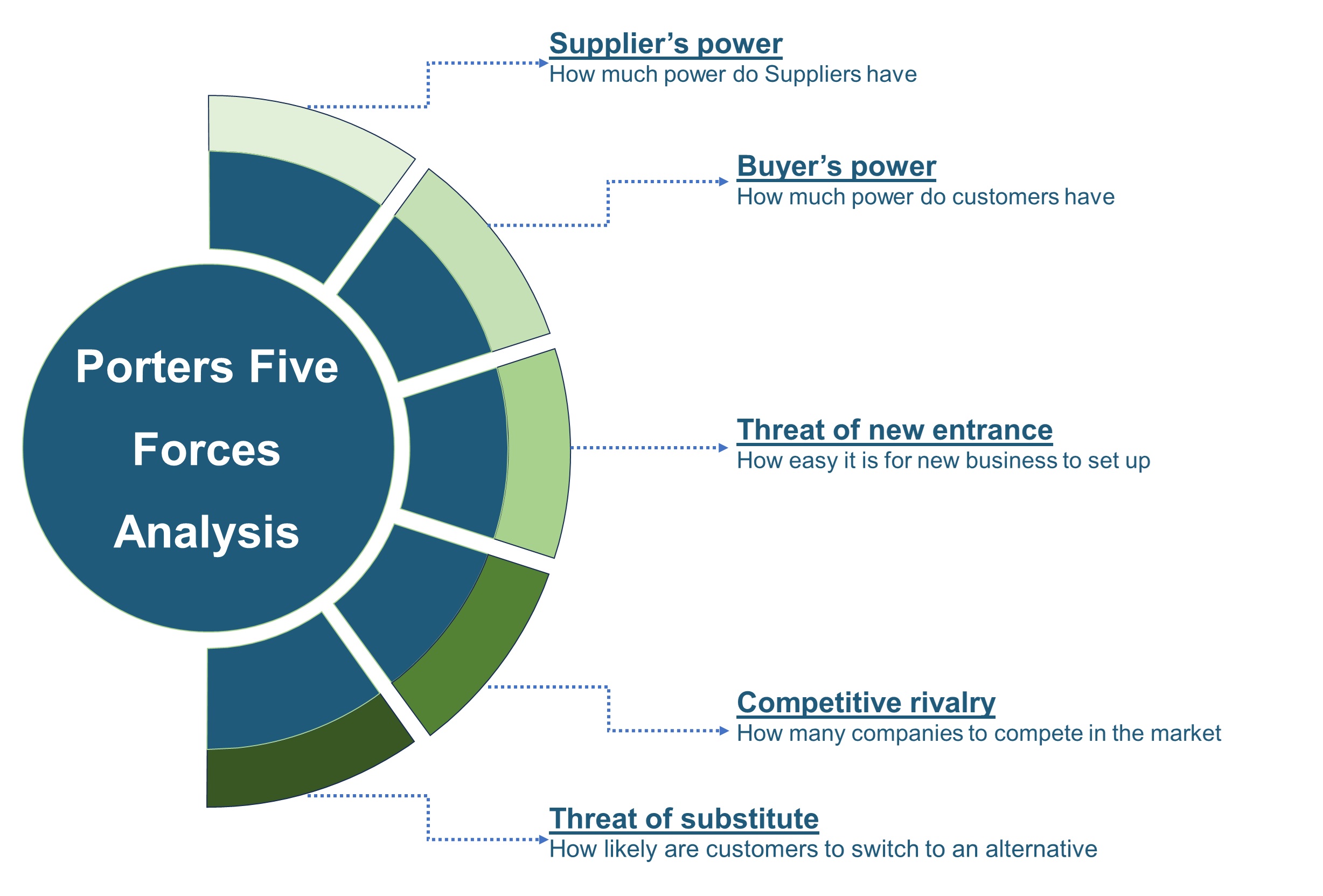


 Speak to Our Analyst
Speak to Our Analyst



